As you climb the hill from Chapelizod village heading towards Ballyfermot – and it’s a steep climb – the exuberant blue balconies of the Annaghmore Court sheltered housing development make for a particularly welcoming sight. “That’s Guinness Blue,” says Rory Guinness. “Doesn’t it look wonderful?”
The Guinness family has been helping to provide affordable housing in Dublin ever since Edward Guinness set up the Iveagh Trust in 1890. Four members of the family, including Rory and the present Lord Iveagh, are currently trustees. Most people tend to associate the charity with the majestic Victorian red-brick buildings of Bull Alley, beside St Patrick’s Cathedral, but in addition to its city-centre developments the Iveagh Trust also manages a number of more contemporary properties such as Mount Anthony, off the Rathmines Road, and the Applewood Estate in Swords.
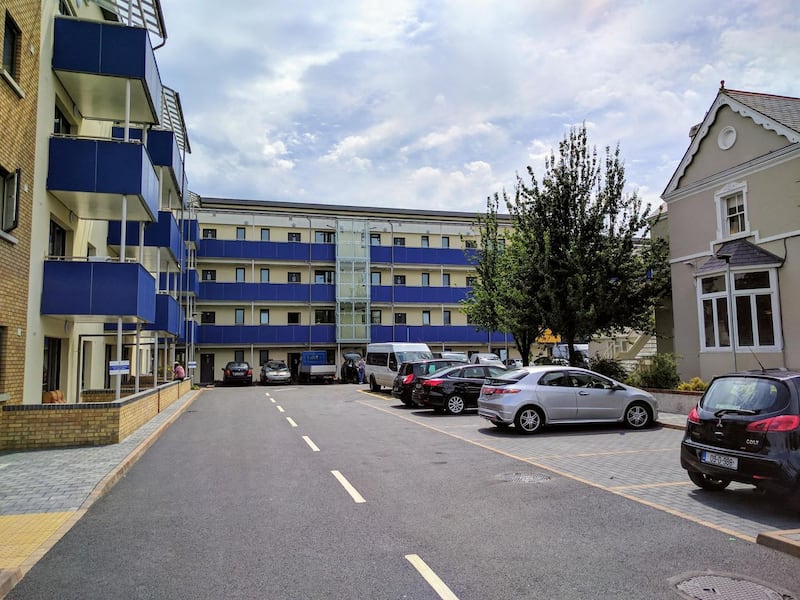
When the first Iveagh Trust tenants moved into Kevin Street at the turn of the 20th century, they would have been gobsmacked by the fact they had private washing facilities – with hot and cold running water. At Annaghmore Court, which opened its doors in June this year, each of the 70 apartments is triple-glazed and has its own solar panel.
“All of the units here are A-rated,” says Gene Clayton, chief executive of the trust.“The minimum size is 50sq m, so they’re large. All the apartments are wheelchair-accessible, and one is currently being adapted for a wheelchair user who has never lived independently before. Our sister charity, Dublin Call and Care, employs two nurses who visit regularly, acting as liaison with local medical services and so on.”
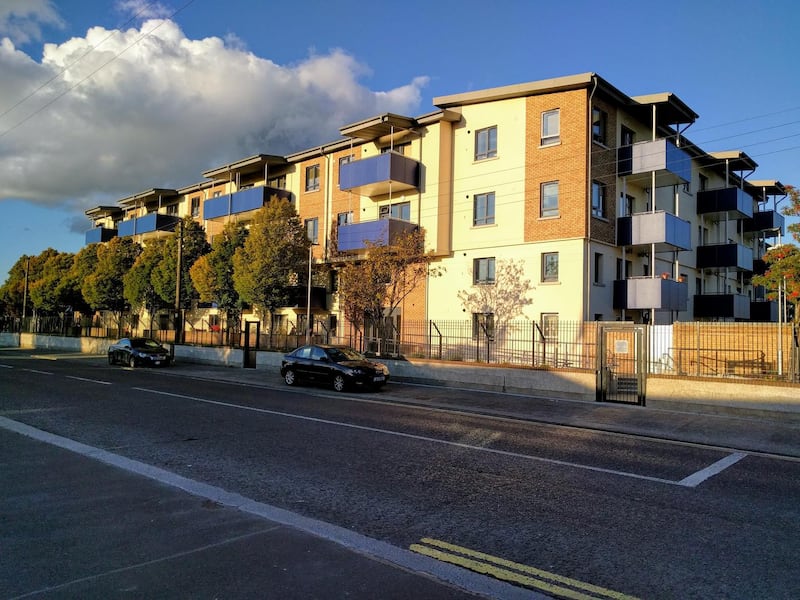
We’re drinking tea around the large table in the community room at the complex, which also boasts a laundry, and a guest room which can be rented by relatives for short periods. In the garden outside, vegetable beds are already beginning to green up and a crop of window boxes, bright with red geraniums, has blossomed around the communal areas. This, I’m told, is mostly down to the hard work and dedication of a tenant who moved to Annaghmore Court from the trust’s city-centre hostel for homeless men.
The creation of communities, rather than simply the acquisition of tenants, is a central part of the trust’s philosophy. Its lettings and allocations officer works closely with Dublin City Council to decide which tenants will move into its properties. “The local authority nominates people to us – but we allocate,” says Clayton. “That’s important to us, because you have to get the right mix of people together in order to get the community as right as possible as early as possible.”
Most of the Annaghmore tenants have come from the council’s waiting list. There are also 16 residents who downsized, giving their houses back to the council – thereby putting an extra 44 bedrooms back into the system. “Not everything is rosy every day,” Clayton says. “There are difficulties. Not everybody wants to play by the rules – and we don’t shirk from our responsibility as a landlord. If that means taking action against one person to ensure the welfare of the majority, then that’s what we will do.”
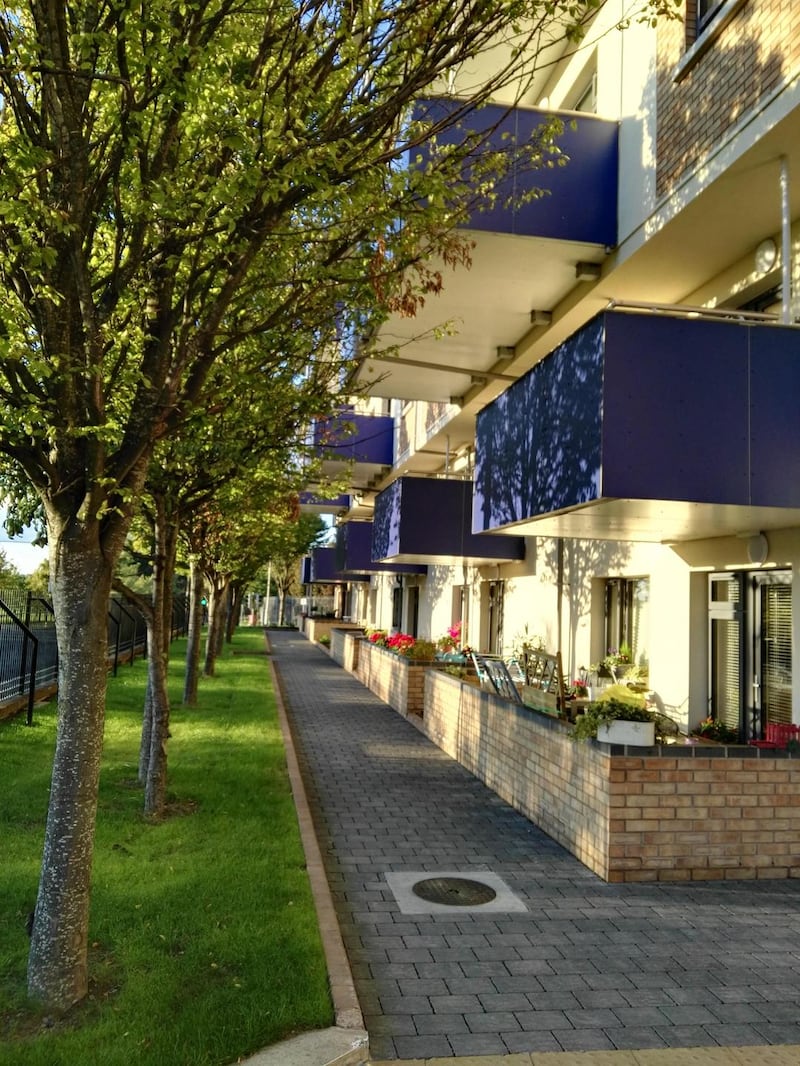
The presence of a live-in caretaker is, he says, key to the smooth management of the complex. Tenancy liaison officers also visit on a regular basis – organising, among other things, occasional outings, as well as an informal Tuesday tea party where residents can come and meet for a chat and a cuppa.
It’s all a far cry from what was here before – a derelict 1960s’ housing scheme. “I remember is well because I grew up in Ballyfermot – I went to the school up the road,” says Clayton. “There were 38 bedsits, each 34sq m, in two blocks. It was very small and very tight – and that’s what local authorities built for pensioners at the time. They hadn’t been in use for about 10 years, it was all cordoned off, and the site was a source of antisocial behaviour.”
In February 2010, Clayton put a proposal to Dublin City Council: if they transferred the land to the trust, it would try to raise the money for a new sheltered housing scheme. “As it turned out, it was exceptionally difficult to raise the funds,” he says. “In 2010, nobody was getting any money anywhere – particularly not for new-build developments.”
Eventually they got funding from the Housing and Finance Agency of the European Investment Bank, and got cracking. We borrowed €10 million so we built 70 units, and all these facilities, for an average unit cost of €144,000 per unit.” Seven years in the planning, Annaghmore took just 18 months to build and complete.
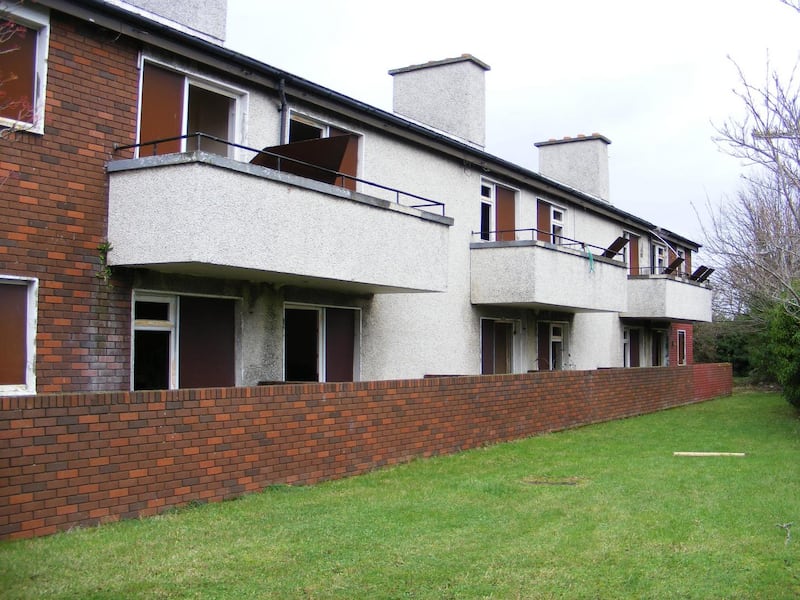
We visit two of the apartments, one on the ground floor and one on the first. Though the layout is the same, their contrasting orientations, and the way their tenants have chosen to furnish them, give each space a very different feel. Matt’s living area is bright and open –“I keep thinking I’m on holidays,” he declares – while Leo’s, surrounded by large trees, is cosy and leafy. Which suits him perfectly. “I’m a fairly quiet guy,” he says.
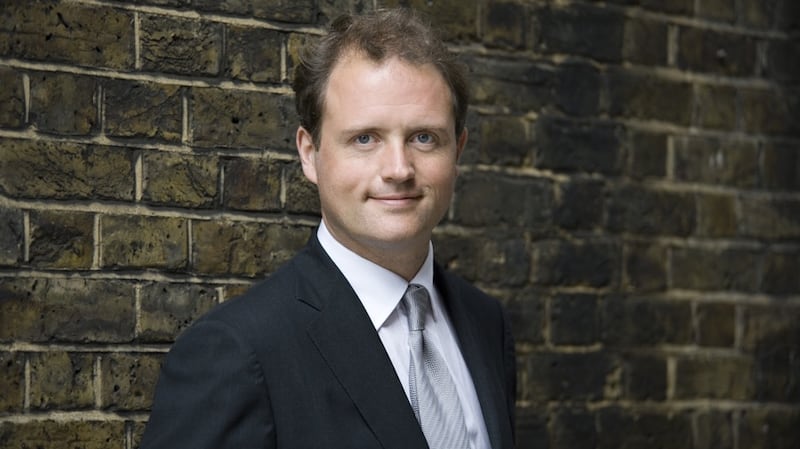
This, says Rory Guinness, is what the Iveagh Trust is all about: building a community where a range of very different individuals can feel at home. “We like to think that it’s not just social housing that we provide – it’s Iveagh Trust housing,” he says. “The model that we operate is so different. The elements of looking after your place, good community care and so on, are very important. My great-great-grandfather established it – and I think my children may be running around at a tea party here in the not-too-distant future, getting to know the tenants.”
Which makes it even more appropriate that the apartment balconies are painted that distinctive royal blue. “At one time, the brewery gates would have been Guinness Blue, and so would all the lorries,” he says. “But from the 1990s onwards, the brewery tended to move towards the black – so the Iveagh Trust is now the proud holder of the Guinness Blue flag.” And if you think it would look pretty cool on your property, forget it. The trust is happy to talk about other aspects of its activities – but it’s keeping the details of that particular paint mix to itself.



















